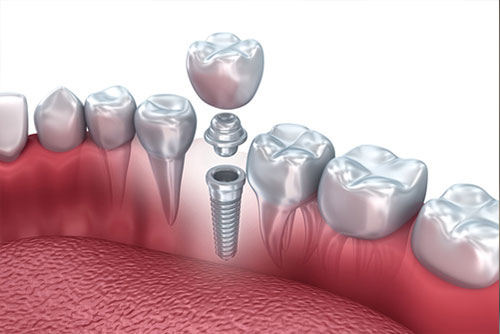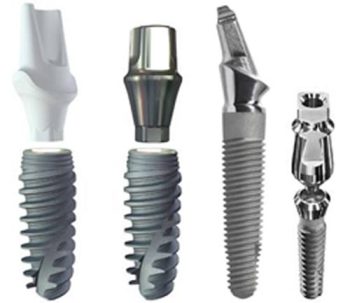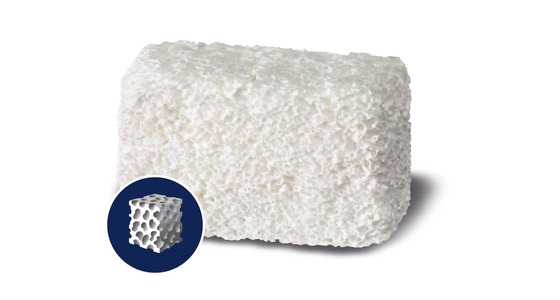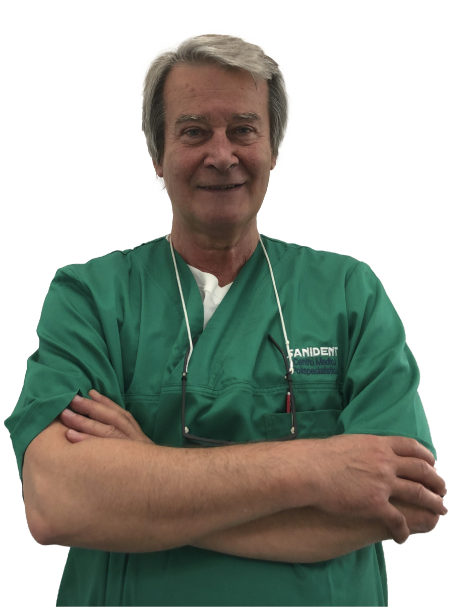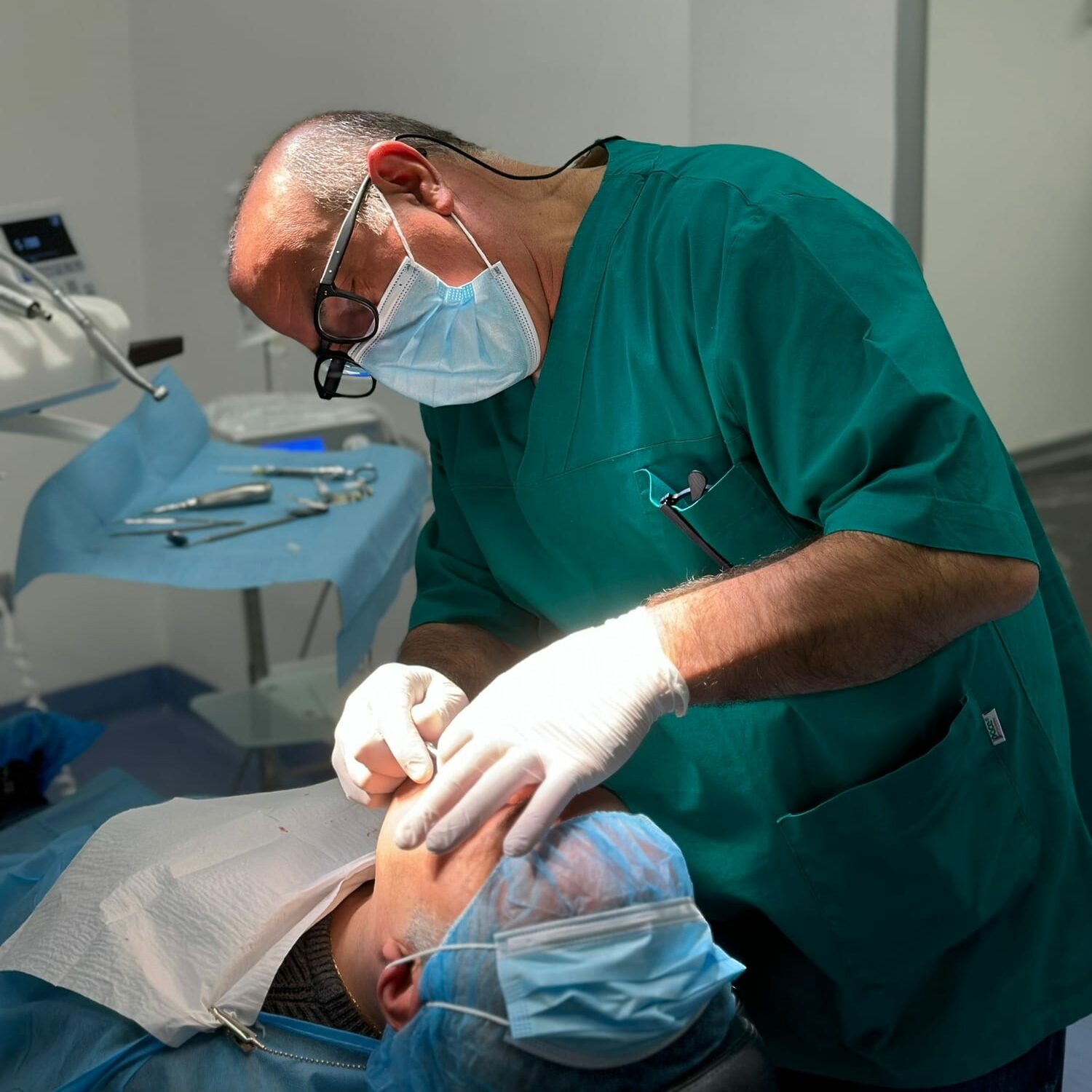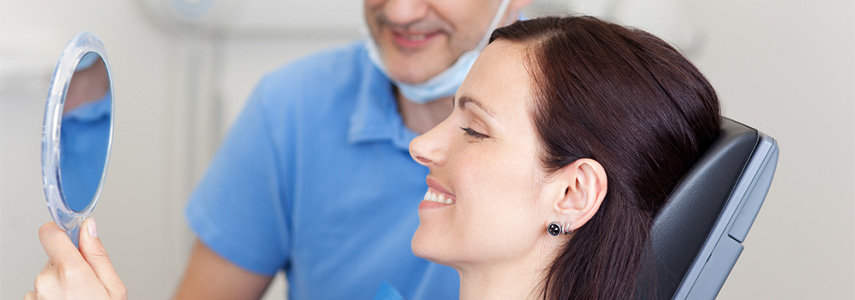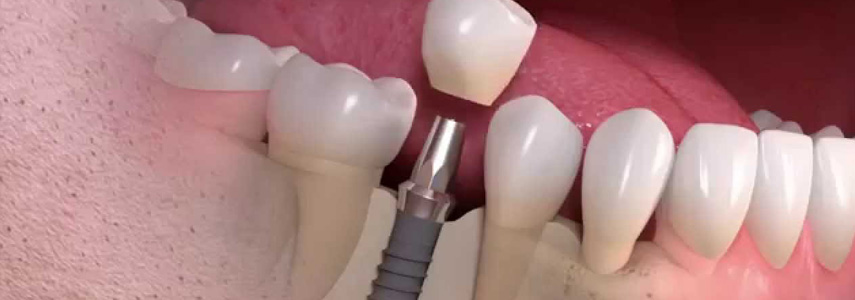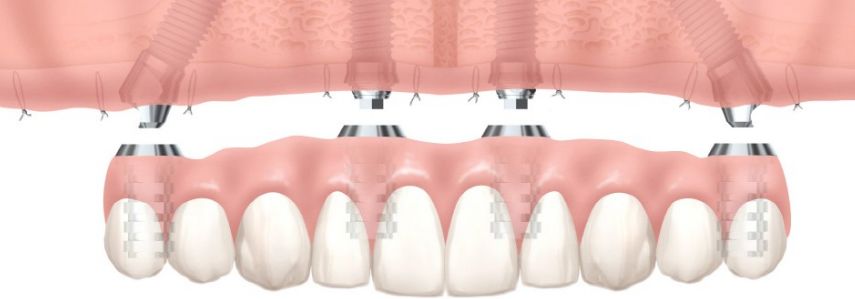Dental implantology means, in the absence of one or more teeth, the insertion of one or more titanium screws into the maxillary or mandibular bone. Once one of the Sanident dentists in our dental clinics has verified the so-called osseointegration, he will be able to support an artificial tooth suitable to perform the function of the missing natural teeth.
If the market can currently be divided into low cost dental implants and premium prices, it is important to understand that only this last type offers guarantees to the patient. This is because dental implant products of quality are the only ones supported by adequate scientific evidence and clinical trials; low cost systems, on the contrary, can be marketed at lower prices because they do not meet these requirements, often exploiting expired patents of larger companies and copying them more or less slavishly, creating real clones beyond any control. To lose, obviously, is always the health of patients.
According to a clinical study published in the Clinical Implant Dentistry and Related Research, only a few brands of implants have been tested by at least two independent (non-sponsored) clinical works, which should prompt patients to request more transparency before accepting any estimate, up to the release of a real implant passport. Among the brands of implants included and mentioned in this clinical study are: Aiser ® Straumann ®, Nobel Biocare ®, Dentsply Implants ®”
 Read MorePersonale competente e molto attento alle esigenze del cliente. Mi sono trovata davvero bene! Parola d’ordine: competenza!Saliva Patirama
Read MorePersonale competente e molto attento alle esigenze del cliente. Mi sono trovata davvero bene! Parola d’ordine: competenza!Saliva Patirama Read MoreMi sono trovato molto bene! Il personale è molto educato, i medici bravi e competenti. Posto pulito, consigliato!Paolo Stefano Tacconi
Read MoreMi sono trovato molto bene! Il personale è molto educato, i medici bravi e competenti. Posto pulito, consigliato!Paolo Stefano Tacconi Read MoreSono ormai più di tre anni che ho effettuato impianto di alcuni denti fissi , posso solo certificare la qualità e la professionalità dellaPreviousNext
Read MoreSono ormai più di tre anni che ho effettuato impianto di alcuni denti fissi , posso solo certificare la qualità e la professionalità dellaPreviousNext
